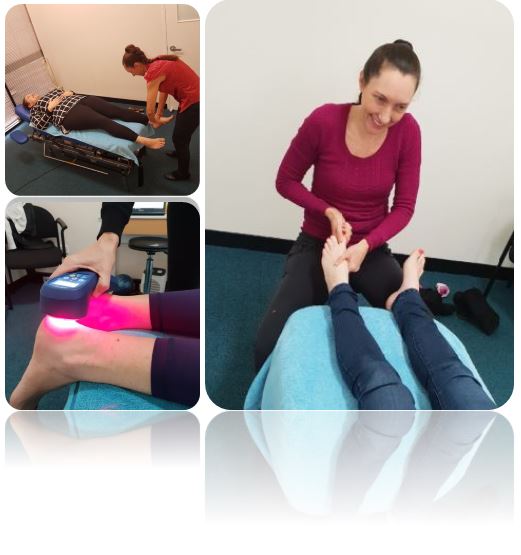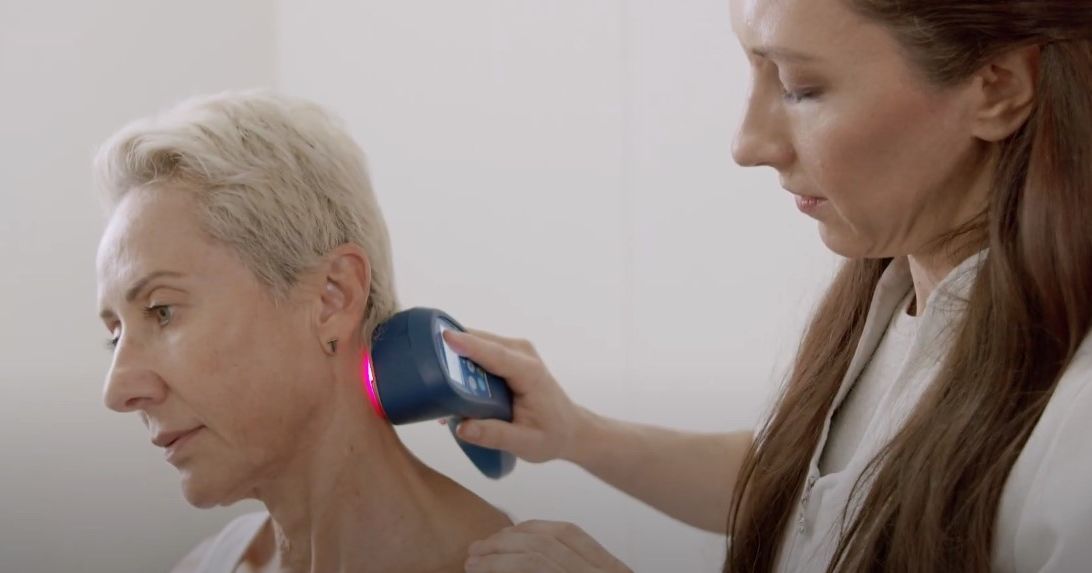December 10, 2025
Pain on the ball of the foot - Morton’s Neuroma
Morton’s neuroma (pain on the ball of the foot) is a condition that involves the thickening of the tissue that surrounds the digital nerve proceeding towards the toes. Patients presenting with Morton’s neuroma generally describe a sensation like walking on a marble with pain situated in the ball of the foot. The condition usually involves the third and fourth toes, frequently from trauma, excessive pressure or irritation, and most commonly affects women 8-10 times more than males.
Symptoms that may present:
-Burning pain in the ball of the foot which can radiate down to the toes
-Pain intensifies with activity and wearing tightly fitted shoes
-Night pain is uncommon
-Swelling in the region is also uncommon as it’s not a tumour
-Numbness can also present in the toes
Morton’s neuroma generally arises from certain risk factors including high heels, certain sports and foot deformities. High heels increase the pressure around the ball of the foot and toes which you want to reduce if you have the disorder. Continuous running or jogging can cause excessive trauma to the foot, while skiing or rock climbing shoes again place the foot under more pressure than needed causing more problems. Finally foot deformities including flat feet, high arches and foot bunions increase the risk of developing Morton’s neuroma.
Physical examination of foot pain:
Diagnosis of Morton’s neuroma consists of the above symptoms and is positive when there is pain in the ball of the foot when squeezing the toes together. Some common differential diagnoses that present similar to Morton’s Neuroma include, a fracture of the metatarsal head, Metatarsalgia and Metatarsophalangeal Synovitis.
Treatment of Morton’s Neuroma involves modification of footwear compressing the area and causing the symptoms, to a shoe with a wider appearance and a firm sole and metatarsal pad insert prescribed from a chiropractor. Arch supports are another innervation that chiropractors can prescribe to take the pressure off the nerves and they’re also able to treat the condition with mobilisations, manipulations, traction work to the toes and soft tissue therapy around the area.




